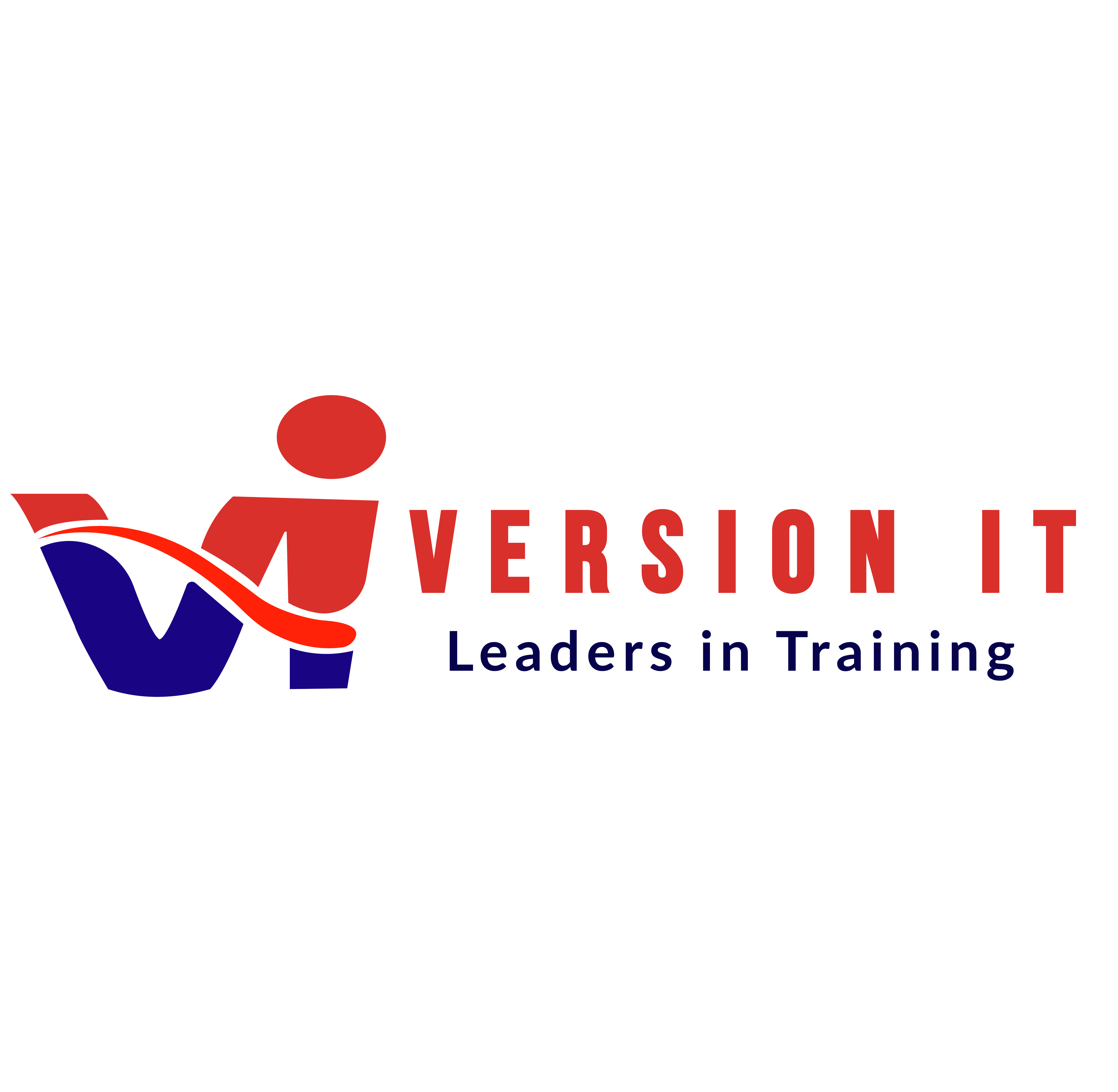Microsoft Azure provides a variety of services intended to address basic commercial data engineering issues. This skill shows you how to use Azure services to design, implement, monitor, and optimise data platforms to fulfil the needs of the data pipeline.Microsoft Azure is a growing collection of integrated processing, cloud administrations, including investigation, systems administration, information base, portable, stockpiling, and web, that enable move faster, accomplish more, and save money.
Azure data engineers integrate, transform, and consolidate data from various structured and unstructured data systems into structures that are suitable for building analytics solutions.
Azure Data Engineer Training In Hyderabad- With the help of Version IT Trainers, you may become career-ready experts in the Azure Data Engineer domain.
Microsoft Azure Data Engineer helps companies
- Use an open and adaptable platform that supports the widest range of operating systems, programming languages, structures, tools, data sets, and gadgets.
- Use an open and adaptable platform that supports the widest range of operating systems, programming languages, structures, tools, data sets, and gadgets.
- Extend your present IT with the largest network of secure private associations, crossover data sets, and capacity arrangements.
- Protect your data by partnering with the most important cloud provider to adopt the new worldwide cloud security standard, ISO 27018.
- Run your applications anywhere on an overall network of 42 Microsoft-managed datacenters.
- Use Azure’s prescient examination administrations, for example, cortana analytics, machine learning, and stream analytics, to make better decisions.
Azure was designed to be beneficial to all levels of IT experts as a flexible, user-friendly platform. It incorporates coordinated instruments, formats, and managed administrations to effectively build and oversee project, versatile, web, and Internet of Things (IoT) applications using abilities and innovations you already have. So Begin Today with Version IT’s Azure Data Engineer Training in India Program to learn all the Azure Data Engineering related skills with real time projects.





